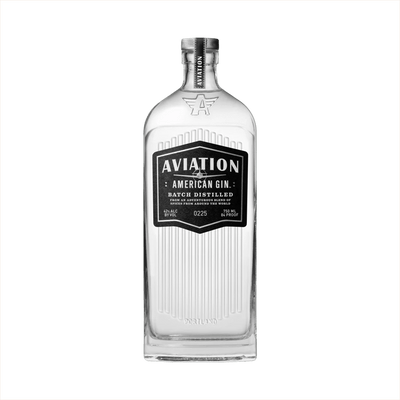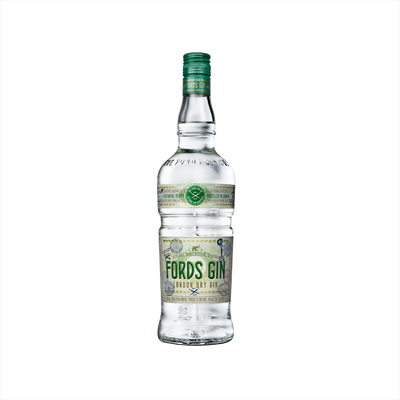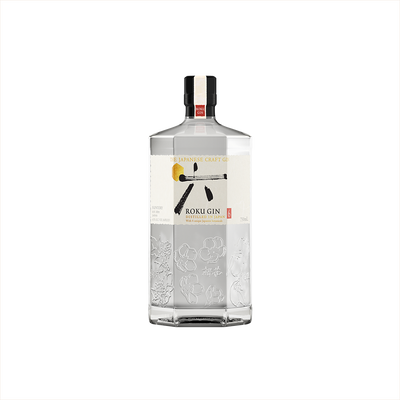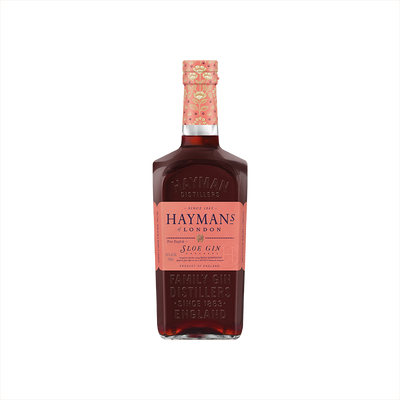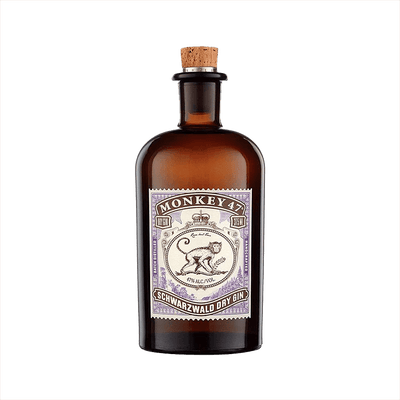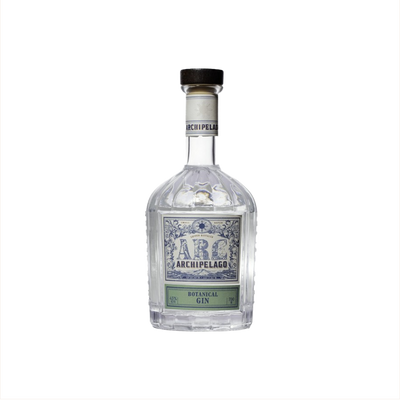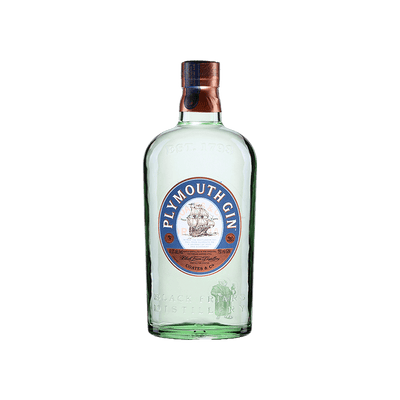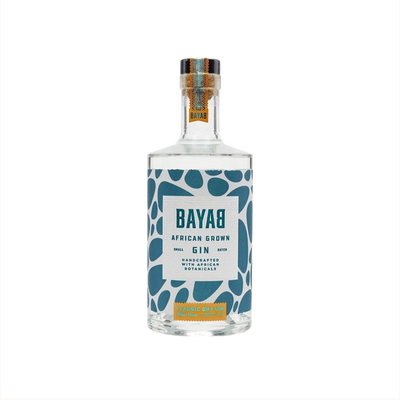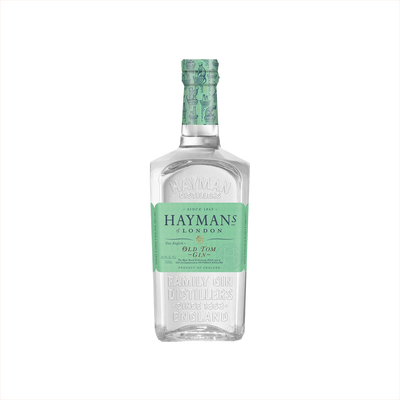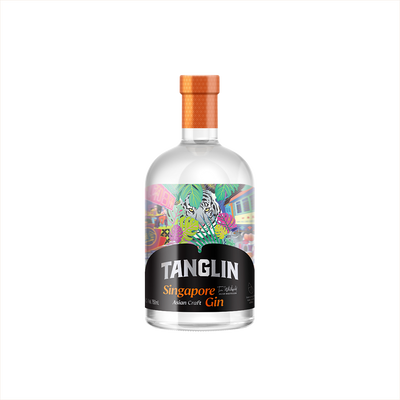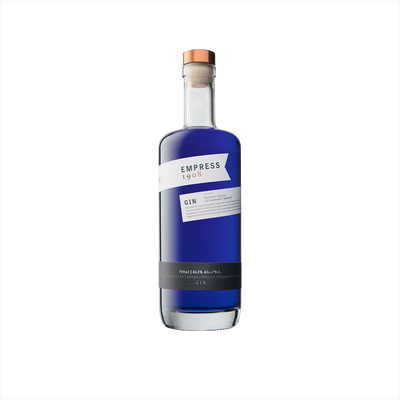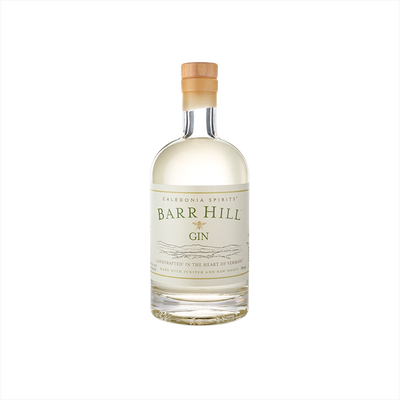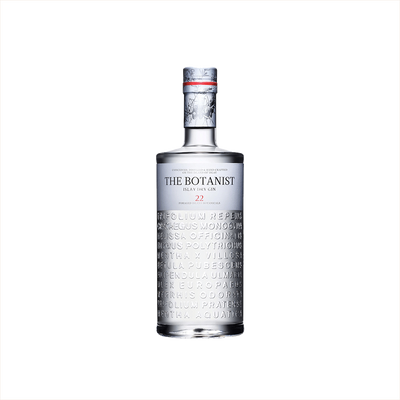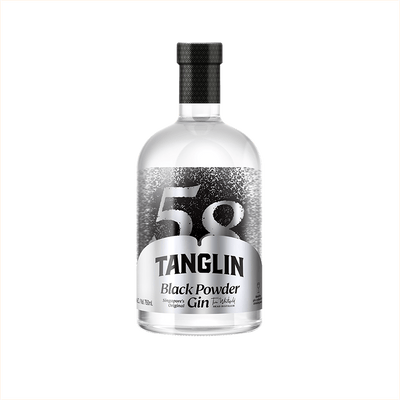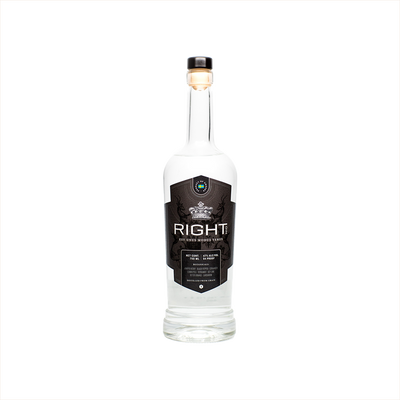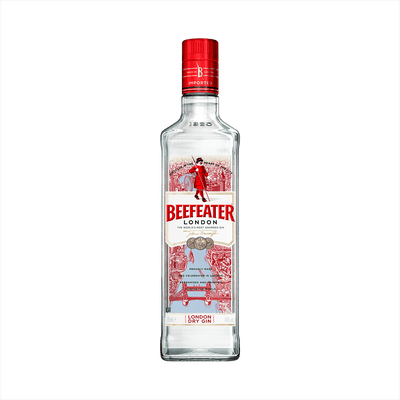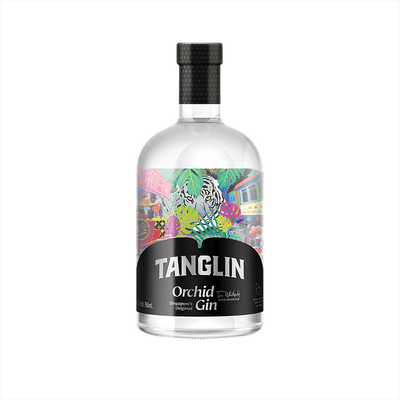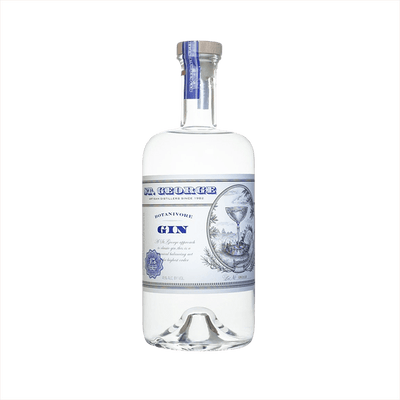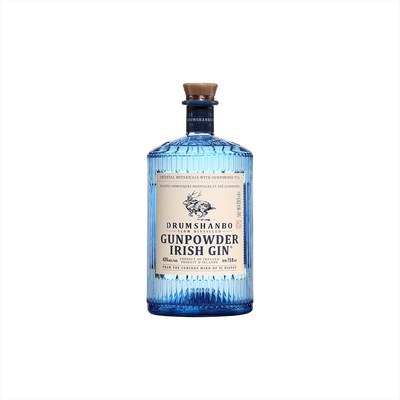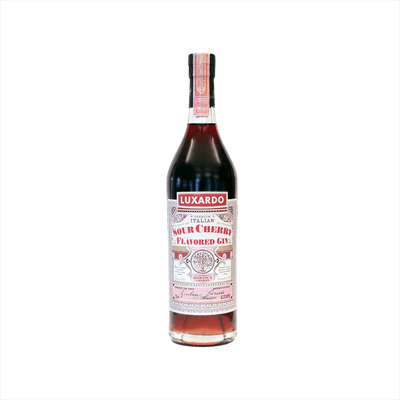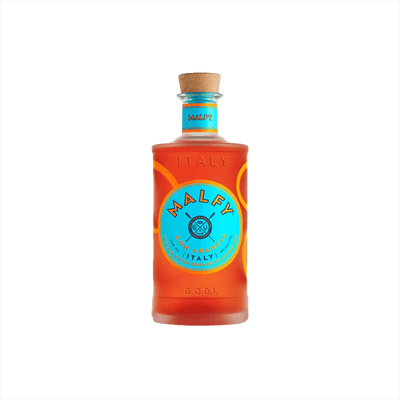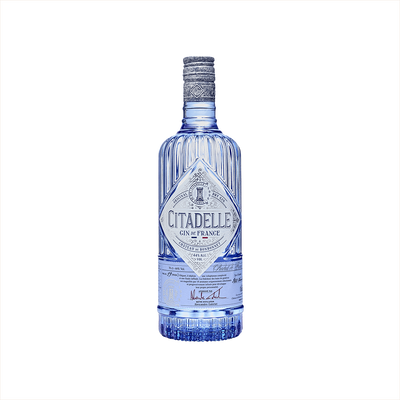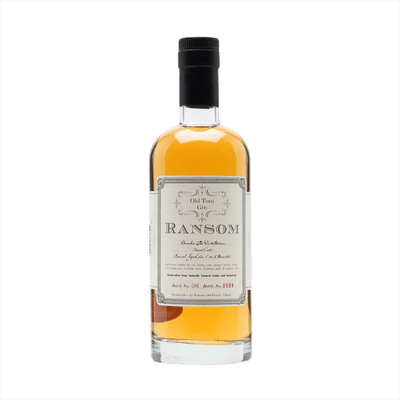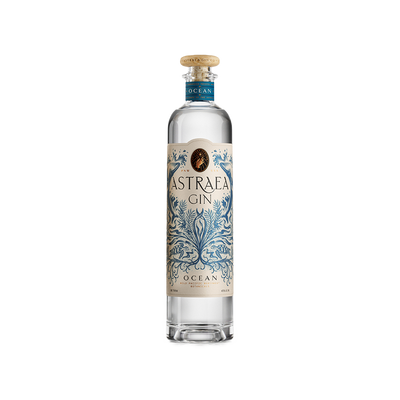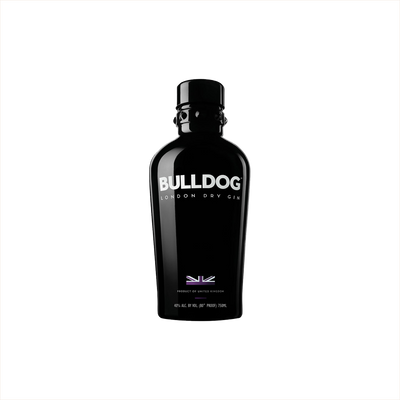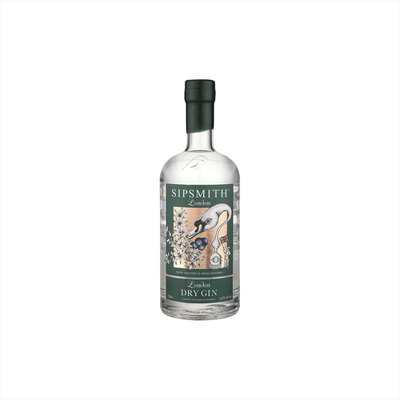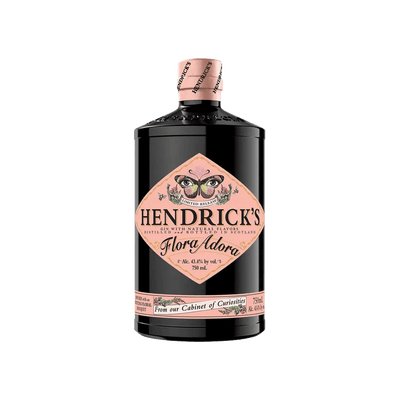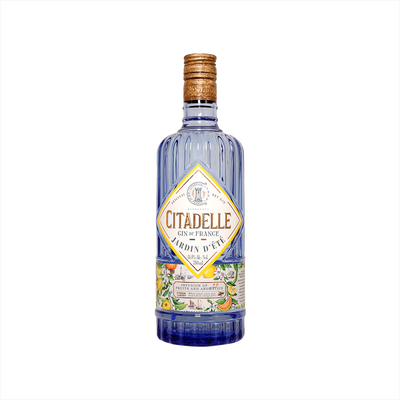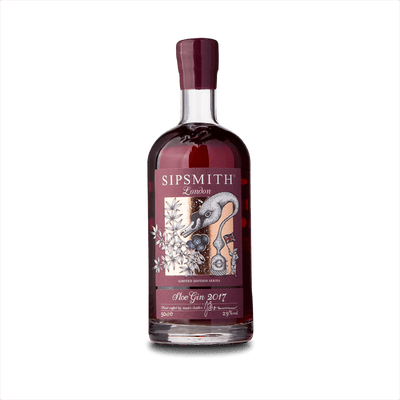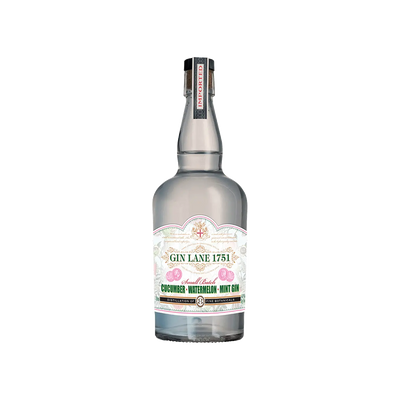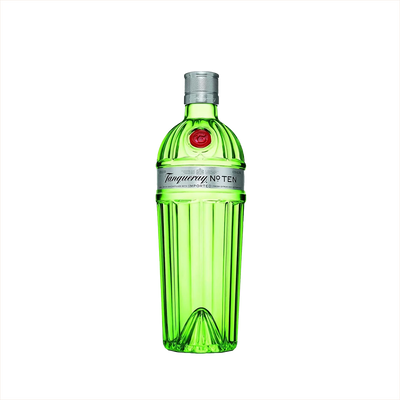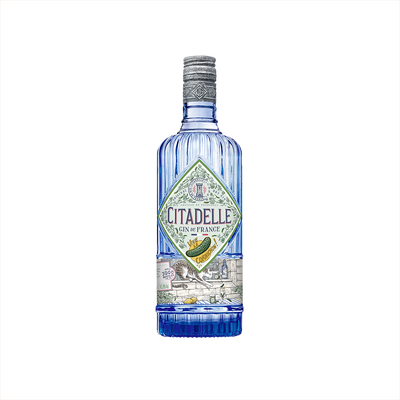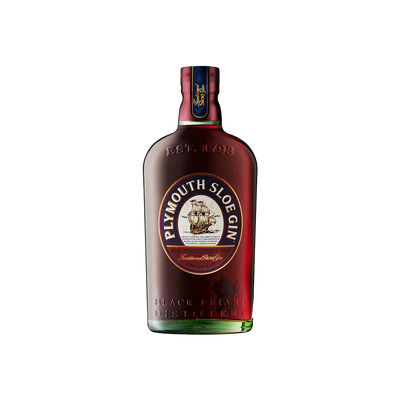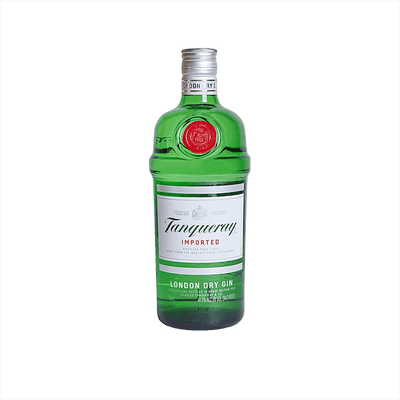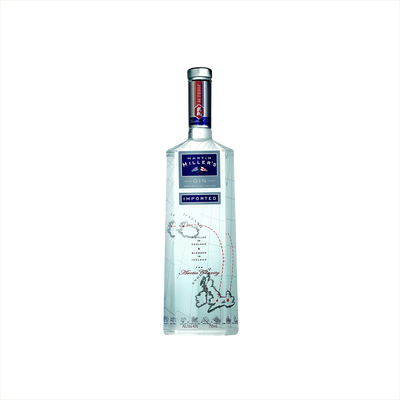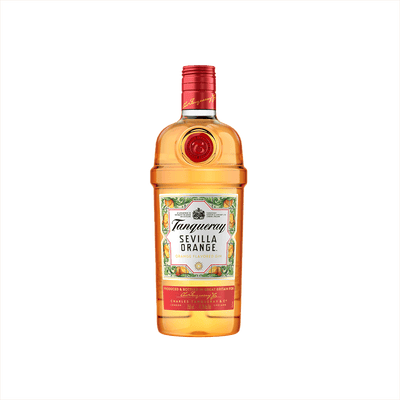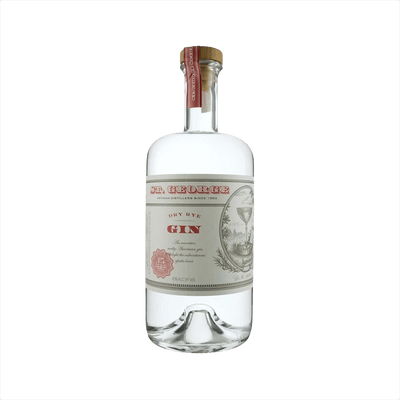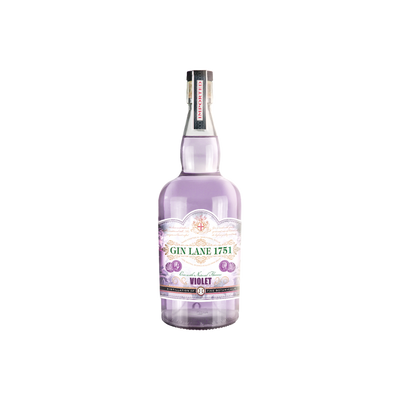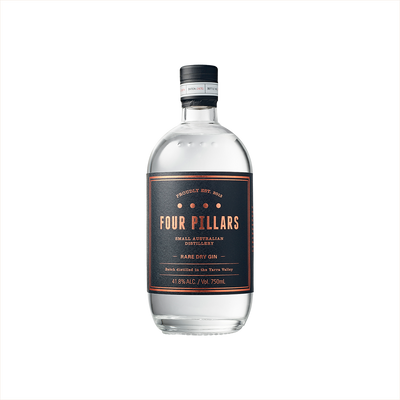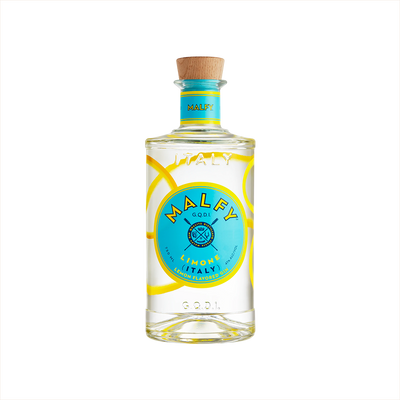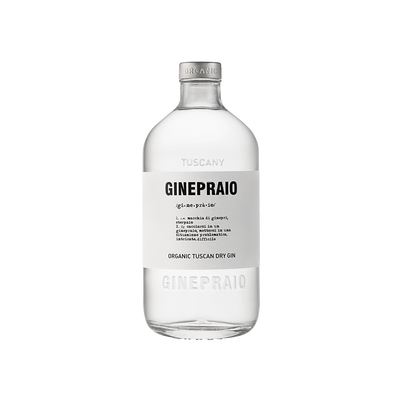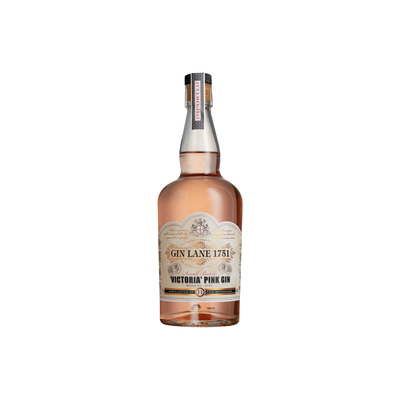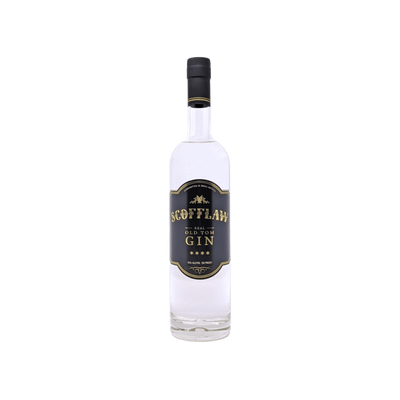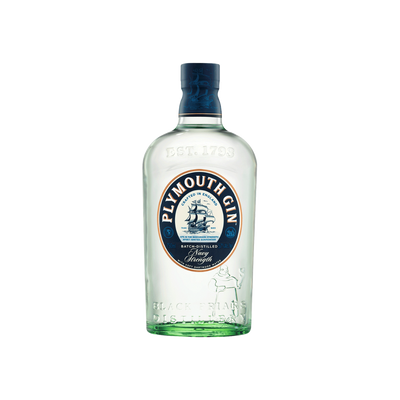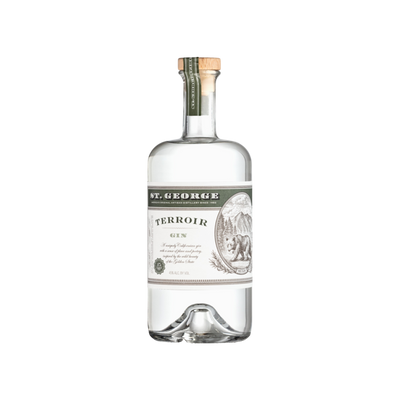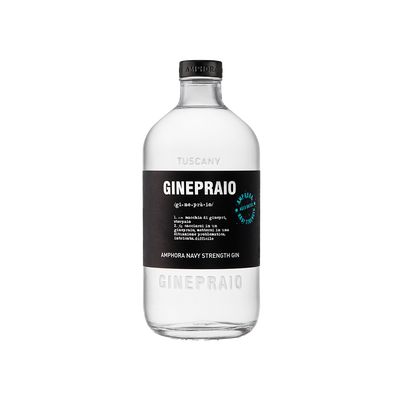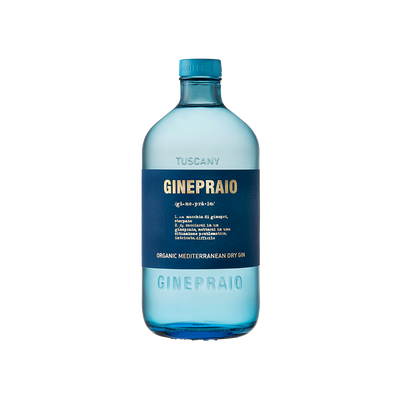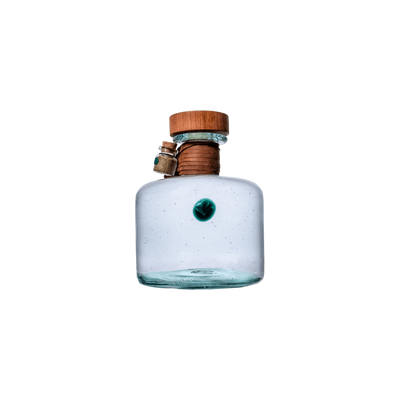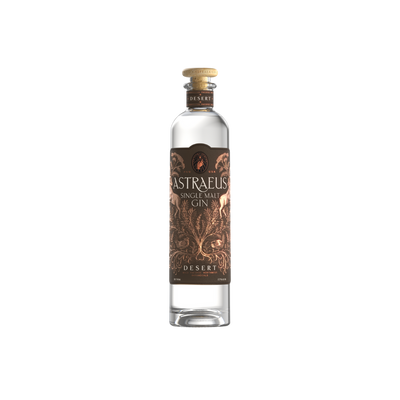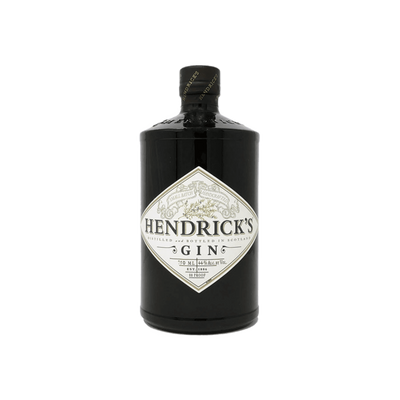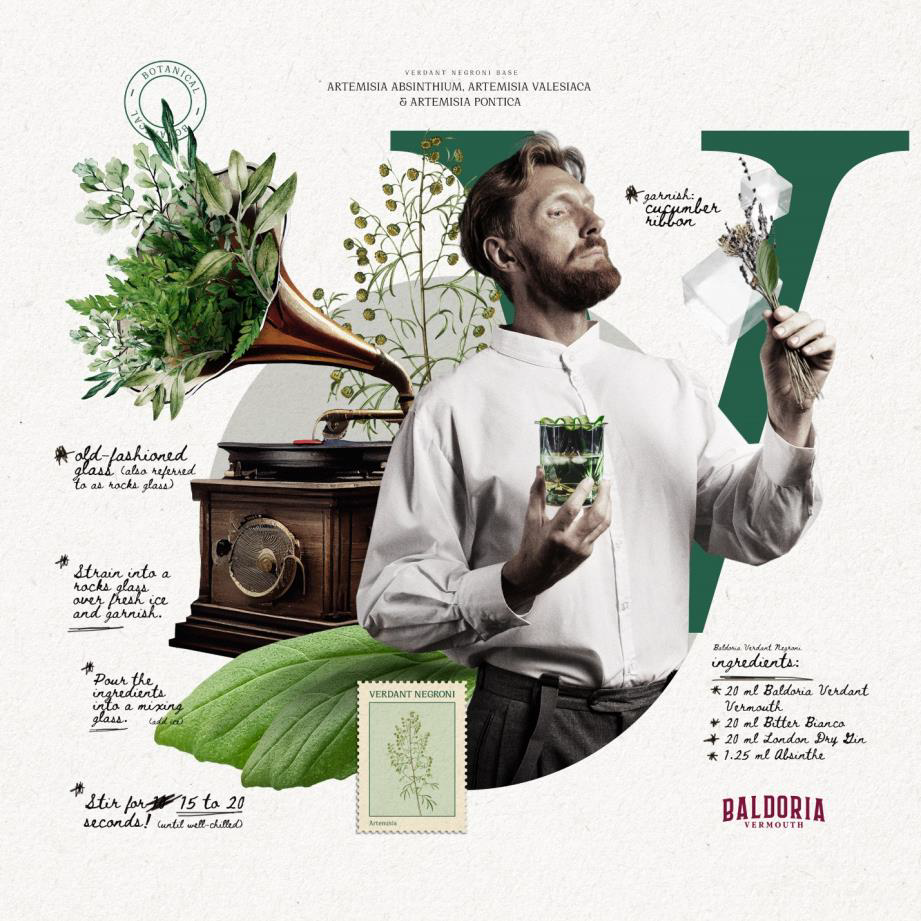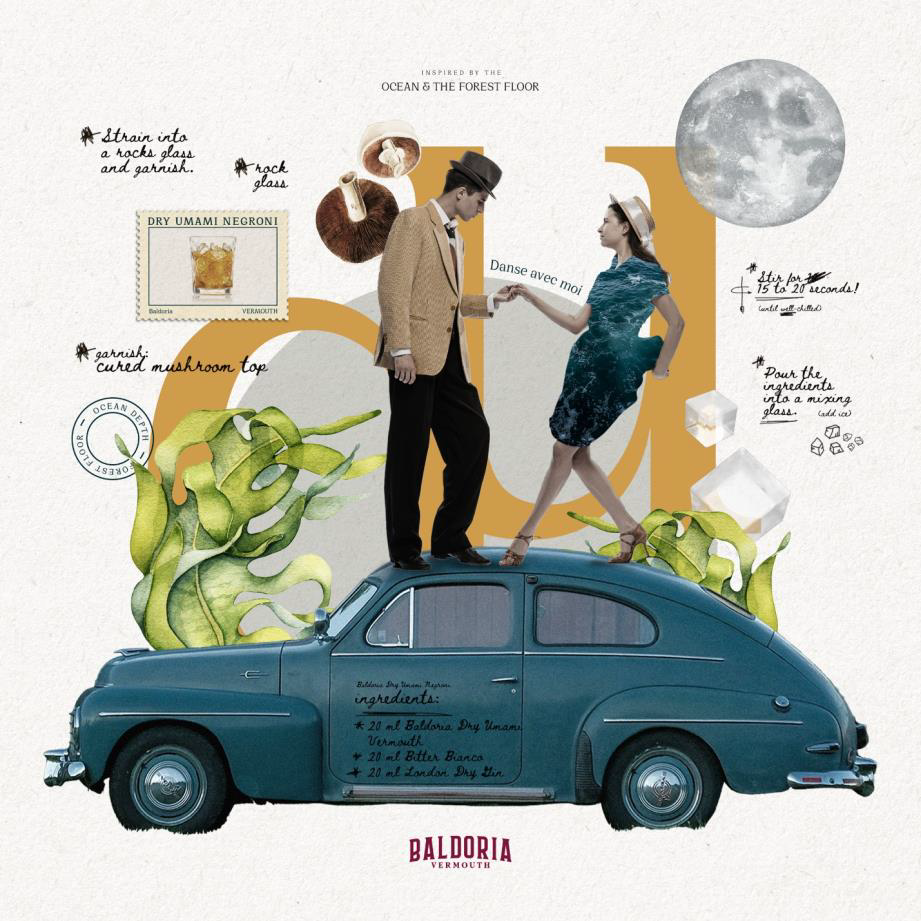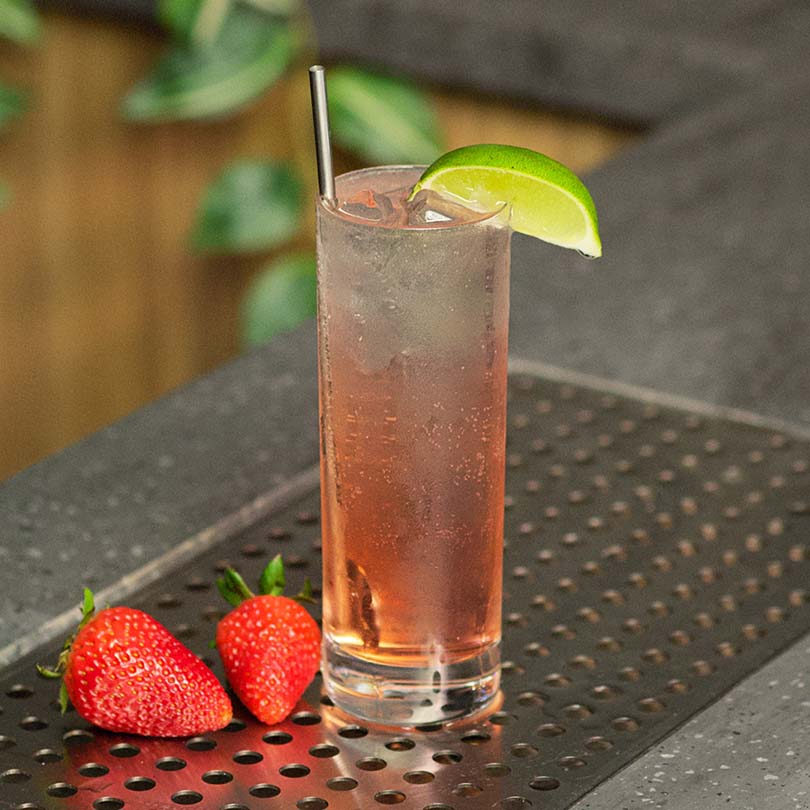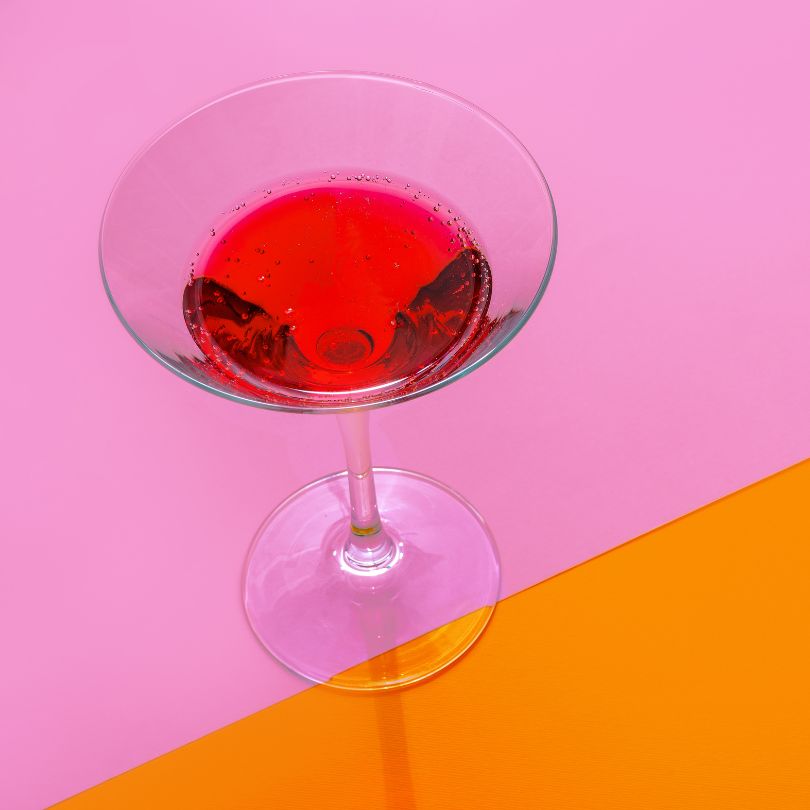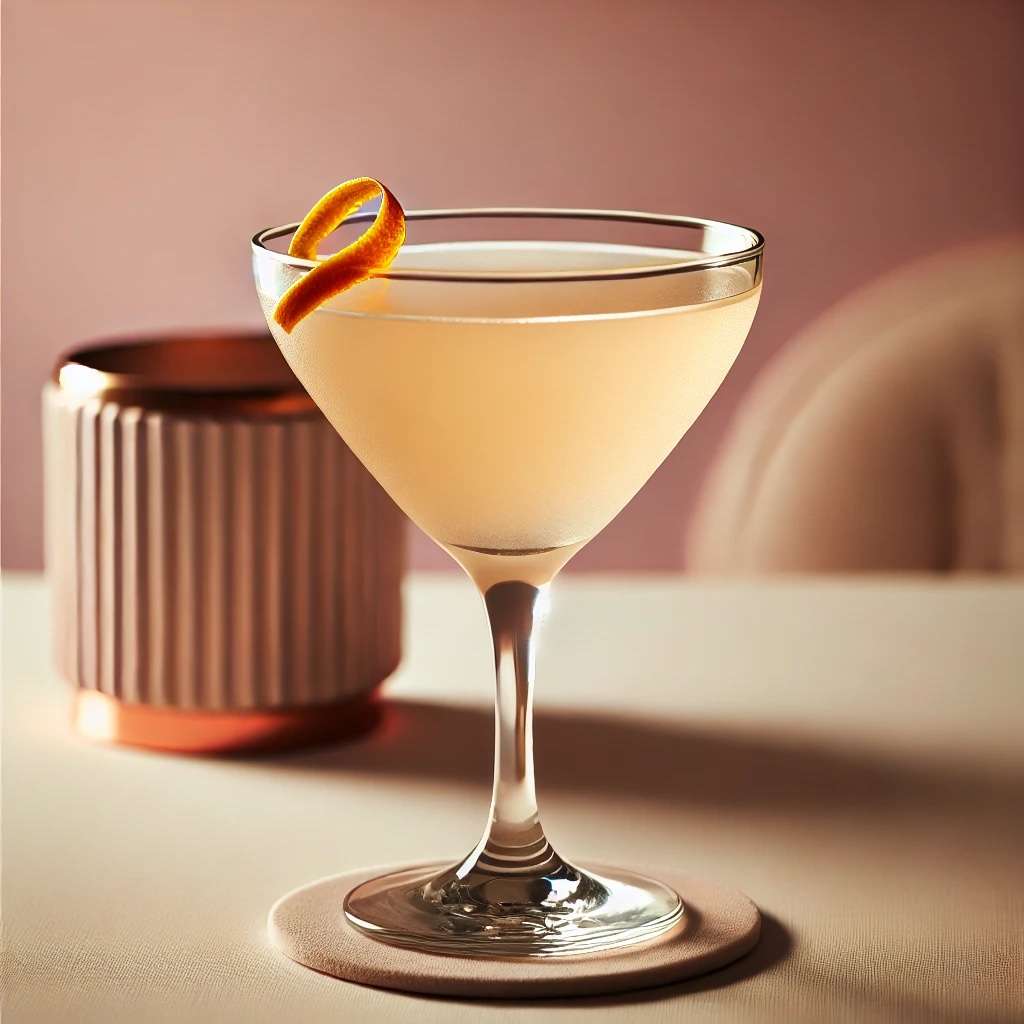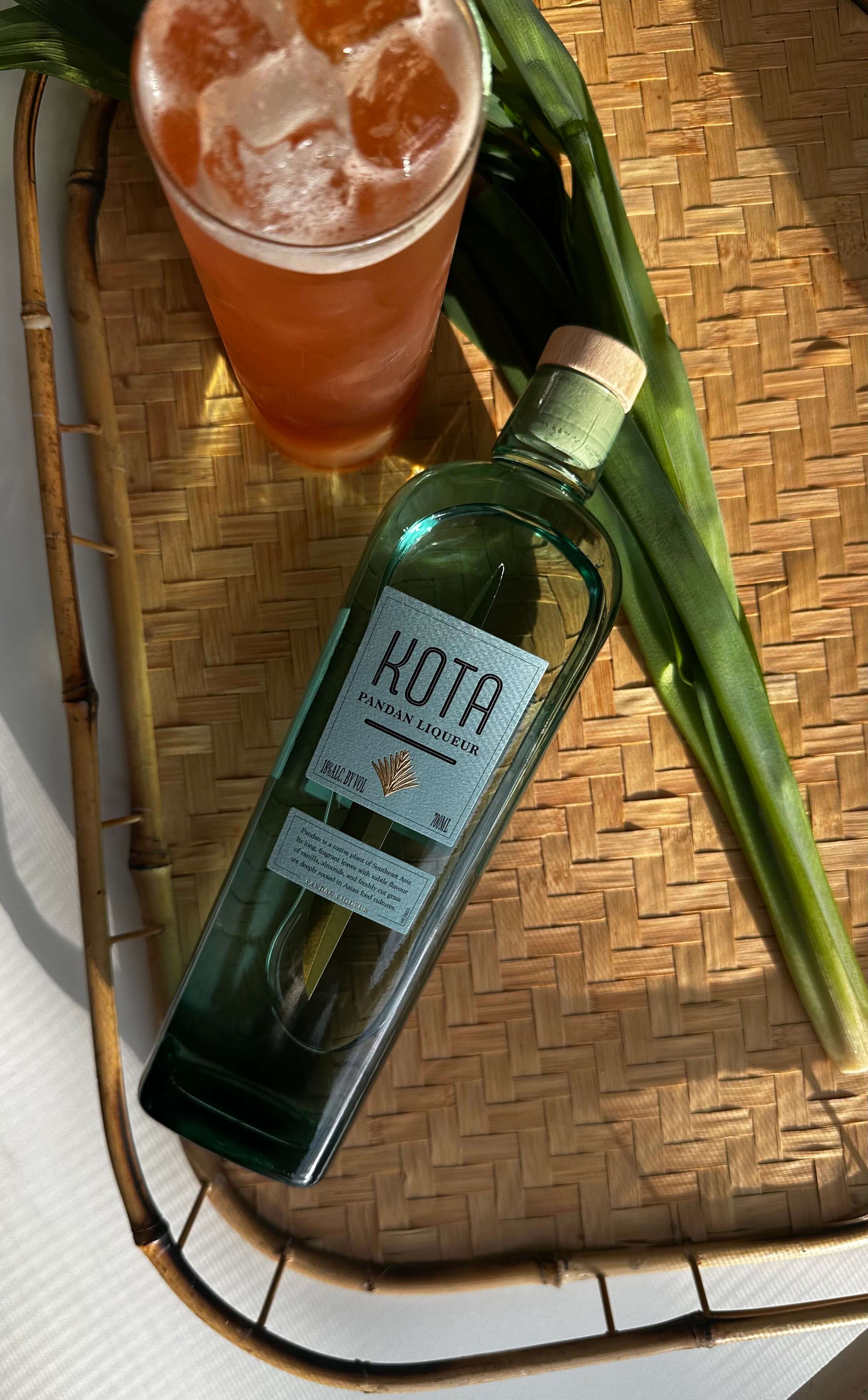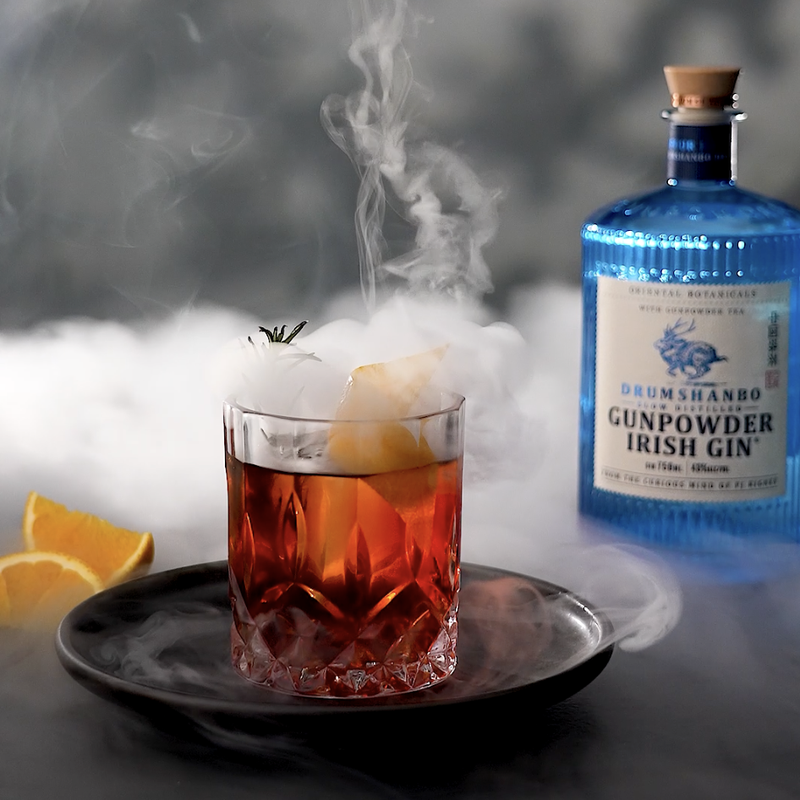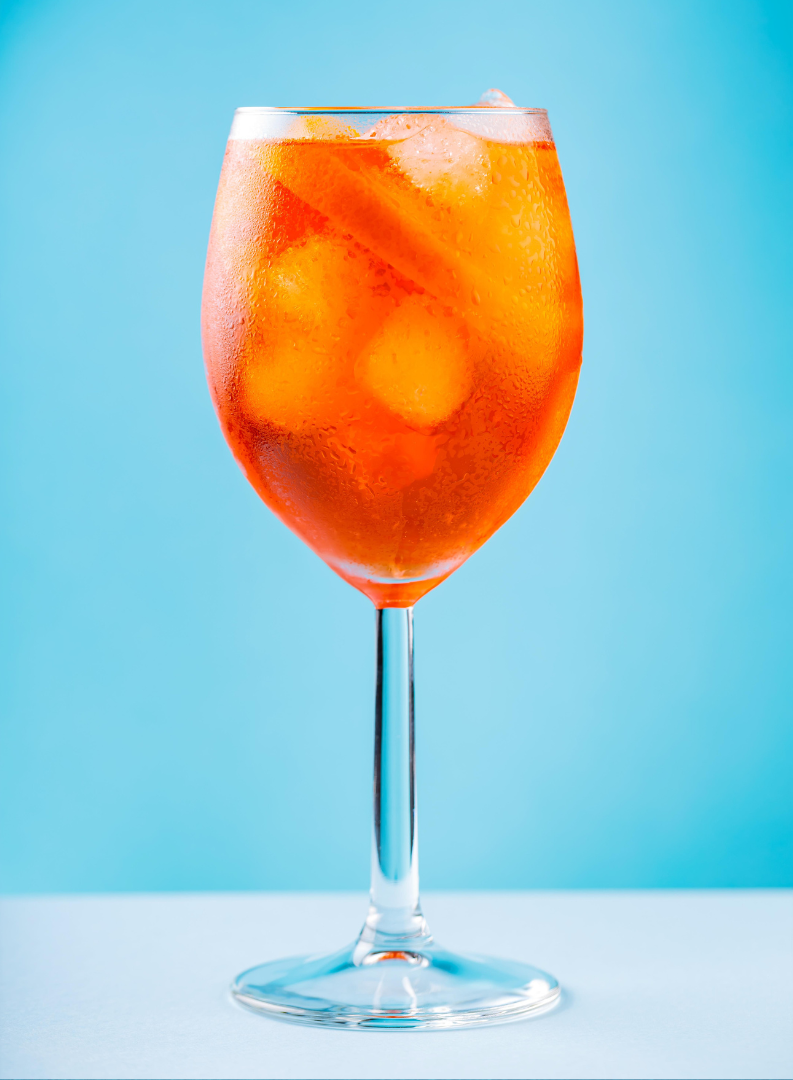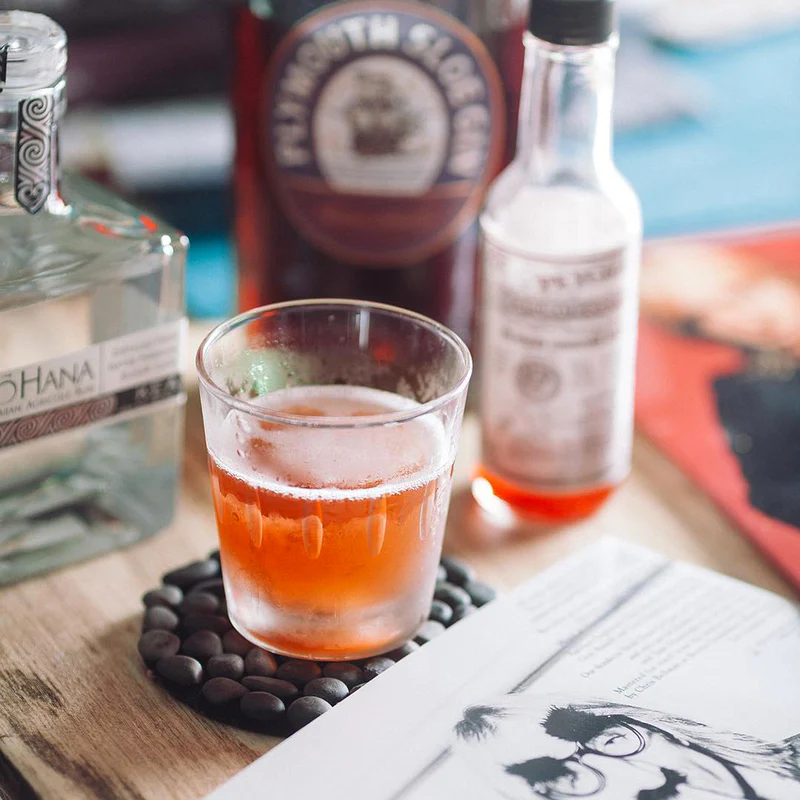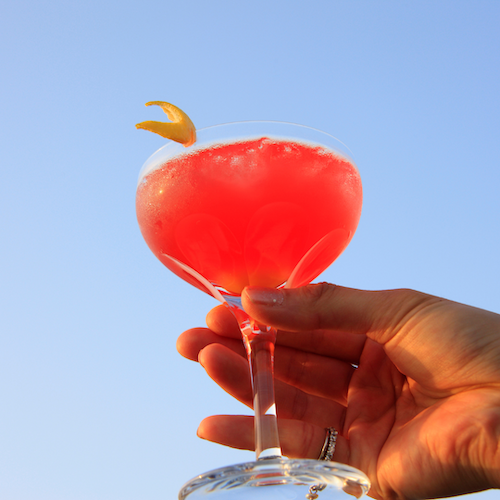Gin
What is Gin?
Gin is a distilled spirit that gets its distinctive character from juniper berries, which must be the predominant botanical flavor by law in most countries. This clear spirit starts with a neutral grain base that's redistilled or infused with a carefully chosen blend of botanicals—think coriander, angelica root, citrus peels, and dozens of other herbs and spices depending on the distiller's recipe. What makes gin so fascinating is how each producer's unique botanical recipe creates completely different flavor profiles, from the piney, medicinal notes of London Dry styles to the softer, more floral expressions of contemporary gins.
Learn More About Gin
What are the different types of Gin?
The gin category breaks down into four main styles that each offer distinct drinking experiences. London Dry gin represents the classic juniper-forward profile with crisp, clean botanicals and no added sweeteners after distillation, while Plymouth gin delivers a softer, earthier character with its protected geographical designation. Old Tom gin brings back the slightly sweetened style popular in the 1800s, creating a bridge between London Dry's sharpness and genever's maltiness, and contemporary gin throws tradition out the window with bold botanical experimentation that can range from floral and citrusy to spicy and herbaceous.
How is Gin made?
Gin starts life as a neutral grain spirit that gets its distinctive character through redistillation with botanicals, most notably juniper berries which give gin its signature piney flavor. Distillers add their secret blend of herbs, spices, roots, and citrus peels to the spirit before running it through the still again, allowing the alcohol vapor to extract and carry those botanical essences. The result is a clear spirit where juniper leads the charge, supported by a chorus of other flavors that vary wildly from distillery to distillery.
What does Gin taste like? What does Gin bring to a cocktail?
Gin tastes like a botanical garden in liquid form, with juniper berries providing the signature piney, resinous backbone that's often accompanied by bright citrus peels, warming spices like coriander and cardamom, and floral notes from ingredients like orris root or lavender. Each gin expresses its maker's unique botanical recipe, so you might encounter anything from crisp, clean London Dry styles to more contemporary expressions loaded with cucumber, rose petals, or exotic spices. In cocktails, gin brings complexity and structure – its botanical blend creates layers of flavor that can complement citrus in a classic Gimlet, stand up to vermouth's herbal intensity in a Martini, or provide an aromatic foundation that ties together diverse ingredients in modern creations.
How do you drink Gin? In what kind of cocktails does Gin shine?
Gin works beautifully neat or on the rocks when you want to appreciate its botanical complexity, but it truly comes alive in cocktails where those herbal notes can play with other ingredients. Classic gin cocktails like the Martini, Gin & Tonic, and Negroni showcase different aspects of the spirit – the Martini highlights its clean botanical profile, while the G&T lets the juniper sing alongside quinine's bitterness. For something more adventurous, gin shines in floral cocktails with elderflower liqueur, citrus-forward drinks like the Aviation, or herb-heavy concoctions where its botanical nature can complement fresh ingredients like basil or rosemary.
What are fun ways to drink Gin?
Gin makes fantastic jello shots when you use a botanical-forward bottle like Hendrick's or The Botanist - the herbal notes actually complement the gelatin texture beautifully, and you can garnish with fresh cucumber or berries. For hot summer days, freeze gin and tonic into popsicles with a splash of lime juice and fresh mint leaves, or try gin-spiked granita with elderflower liqueur for an adult snow cone vibe. In the dessert world, gin works wonderfully in everything from lavender gin panna cotta to gin and tonic cake, where the quinine's slight bitterness plays against sweet frosting like a grown-up birthday treat.
How has Gin been depicted in culture?
Gin carries a fascinating cultural baggage that spans from 18th-century moral panic to modern sophistication. In William Hogarth's famous "Gin Lane" engraving from 1751, the spirit was portrayed as the devil's own drink, responsible for societal collapse and moral decay during London's gin craze. Fast-forward to today, and gin has completely flipped its reputation—appearing in everything from James Bond's martini preference to craft cocktail culture, where it's celebrated as the botanically complex foundation for artisanal mixology.
Nutritional Information
Typical Calorie Range per Ounce: 64-70 calories
Typical Carbohydrate Range per Ounce: 0 grams
Typical Sugar Range per Ounce: 0 grams
Typically Gluten Free: Yes
While gin is generally considered gluten-free due to the distillation process that removes gluten proteins, those with celiac disease or severe gluten sensitivity should always check detailed product information with individual distillers to confirm their specific gin meets gluten-free standards. Some craft distillers may use different production methods or add botanicals post-distillation that could affect gluten content.
Scrolled this far? Your reward? Gin Trivia!
- Gin was originally sold as medicine in pharmacies. Dutch doctor Franciscus Sylvius created genever in the 1650s as a diuretic remedy, mixing juniper berries with neutral spirits. Patients lined up at apothecaries to get their "medicinal" dose, and honestly, who could blame them? The transition from medicine cabinet to cocktail cabinet happened when British soldiers discovered this "Dutch courage" during the Thirty Years' War.
- The world's most expensive gin costs $17,000 per bottle and contains actual diamonds. Bombay Sapphire's "Revelation" series includes hand-selected botanicals and real diamonds suspended in the liquid. Each bottle takes six months to produce and comes with a certificate of authenticity. The diamonds don't affect the taste, but they definitely make your martini sparkle – literally.
- Pink gin isn't naturally pink – it gets its color from a Victorian hangover cure. British naval officers mixed Plymouth Gin with Angostura bitters to prevent scurvy and settle queasy stomachs after rough seas. The bitters turned the gin a lovely pink hue, creating the first "pink gin." Modern pink gins use everything from strawberries to rose petals, but the original was pure medicinal accident turned happy tradition.
- There's a gin that changes color when you add tonic water. Butterfly pea flower gin starts deep purple but transforms to bright pink when mixed with tonic. The citric acid in tonic water shifts the pH level, causing anthocyanins in the butterfly pea flowers to change their molecular structure and color. It's like a magic trick in your glass, and scientists call it a "natural pH indicator."
- Gin production once caused London's population to drink itself nearly to extinction. During the "Gin Craze" of the early 1700s, Londoners consumed 2.2 gallons of gin per person annually – including children. Gin shops outnumbered beer houses 5-to-1, and signs advertised "Drunk for a penny, dead drunk for two pence, clean straw for nothing." The government finally stepped in with the Gin Acts to save the city from complete collapse.
Gift message (optional)

